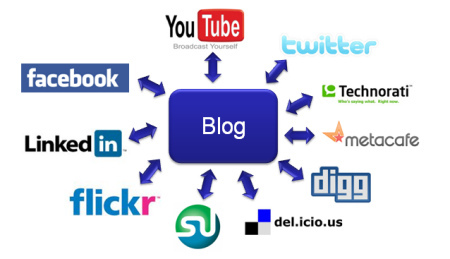In case you hadn’t heard, page rank is on the way out. There’ve been no new updates since January and according to the Delphic pronouncements of Matt Cutts, none are in the pipeline.
So what are the ranking factors Australian SEOs should be paying attention to nowadays? Many pundits suggest there are three that Google plays close attention to. Here’s a look at them and some guidelines on how to use this information to rank your clients’ sites better.
Social Signals
With the meteoric rise in the polarity of social media, this was a no brainer. In a sense these are an extension of the old social bookmarking that was once a staple SEO activity. This time around, the sites of choice are Facebook, Twitter, Pinterest and hundreds of others. The idea is that if people are sharing your content like mad, it must have some value.
You can tap into the power of social media by encouraging visitors to share your posts. Of course if your content is amazing, they’ll do that anyway, that’s the whole idea. However there’s no harm in making the process easier by adding buttons that can post and re tweet your offerings.
Visitor Engagement
In the old days static HTML sites ruled the commercial web and blogs were for amateurs to create things like Justin Timberlake fan club pages. With the massive surge in the use of WordPress, that’s all changed. Nowadays some form of CMS be it WP, Joomla or ModX is the norm for most websites.
Other than being easy to set up, these platforms incorporate inbuilt mechanisms to visitor interaction through leaving comments. In some cases, the length of the comments far outstrips that of the original post which suggests the content had value. This is something Google now takes into consideration.
Bounce Rate
This third metric is one you can find in your Google Analytics. It doesn’t as you would intuitively think record how many visitors bounced straight off your site. Rather it refers to the percentage of visitors who visited one page only and left. It seems that Google likes to see visitors so captivated by your site that they want to explore it at length. So how to your encourage them to do this?
One way is to break long text up into separate pages. That way your visitor has to click through to keep on reading. Another is to end each post with details of similar posts. WordPress offers many plug ins that add such an enticement. Other plug ins create in-context internal links which can lead to a click through to another page. Yet another method is to make your menu text very enticing. Of course, the best way of all is to make your posts so stimulating that they’ll crave more.
As you’ve no doubt noticed all these ranking factors create a good experience for your visitors. And that’s exactly what you want.

















